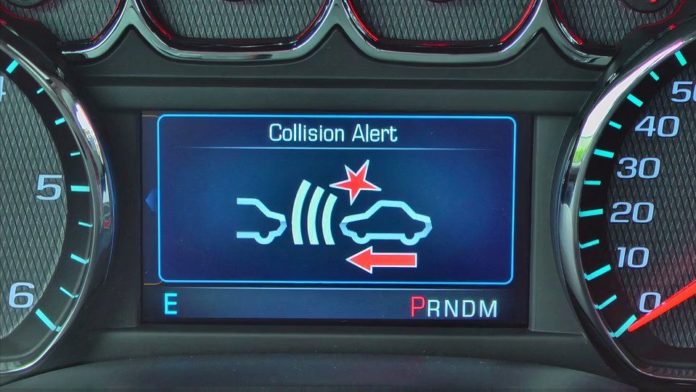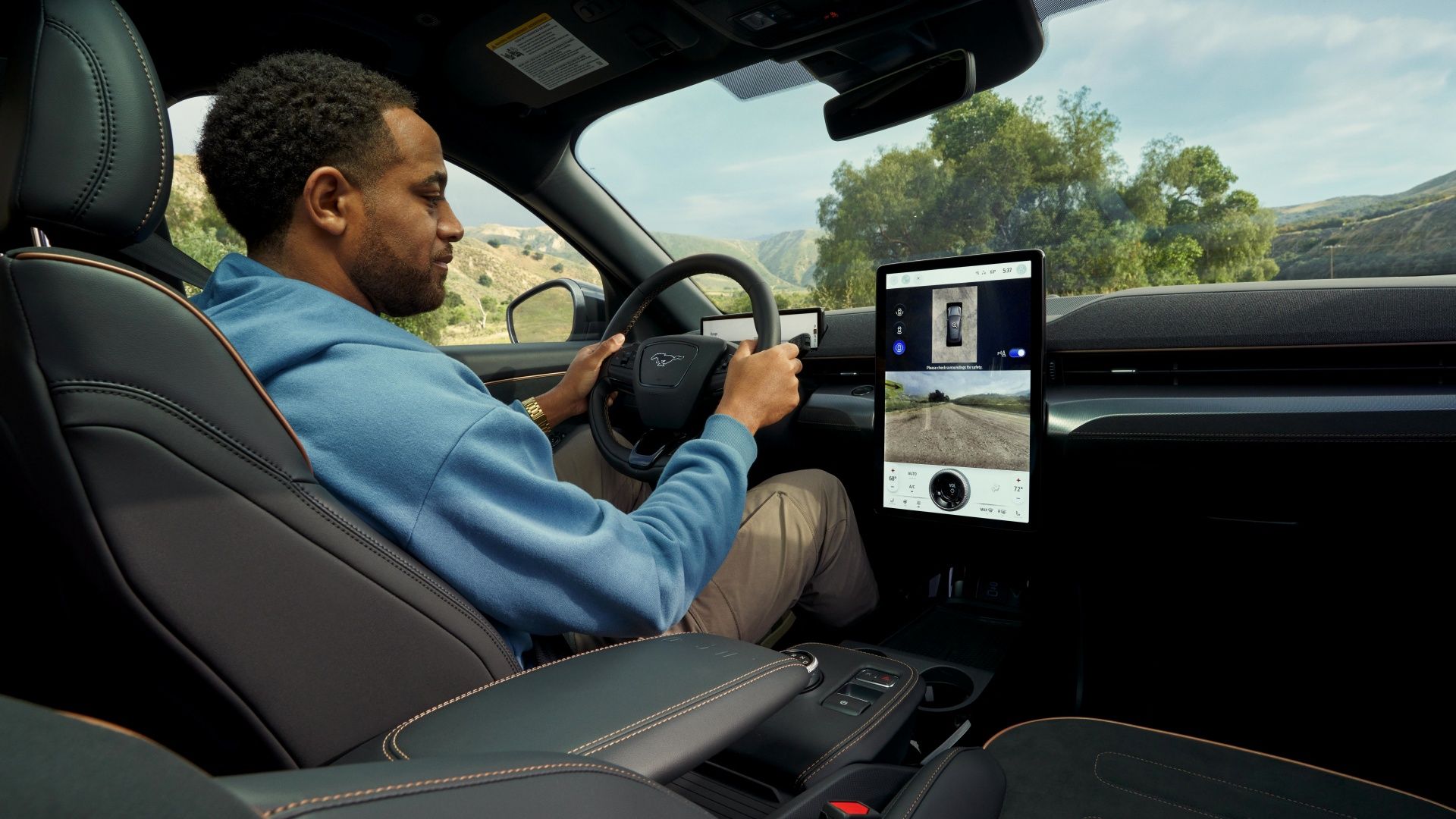While Advanced Driver-Assistance Systems (ADAS) seem like a rather new term and technology, they’ve actually been employed in some capacity on certain automobiles since the early 1990s. Today, nearly 35% of all new vehicles sold across much of the first world are equipped with some form of ADAS, and the number will likely continue to climb as we develop better and more streamlined ADAS technology.
With a history spanning nearly five decades, it’s difficult to pin down the whats and whens of ADAS. However, this article aims to shed some light on ADAS, its history, and its current and future states. Read on, and we’ll dive right into the rise of advanced driver assistance systems.
Information sourced for this article was taken from official sites such as Media.MBUSA.com. Other information, including features and specs, was sourced from Automobile-Catalog.com. CarBuzz recommends following manufacturer guidelines for the use of all ADAS systems.
The History of ADAS
ADAS largely began with automotive radar, which was first installed in select Toyota concept models in the late 1980s, although these did not see mass production. The first road-going application of radar technology was created by the Eaton Corporation, which built the first Collision Warning System in 1992. The device was intended for semi-trucks only, and the system was extremely expensive, rendering it exceedingly rare to find today.
Throughout the 1990s and 2000s, a few other ADAS features, such as reverse cameras, blind spot monitoring, traffic sign recognition, and night vision, came to light.
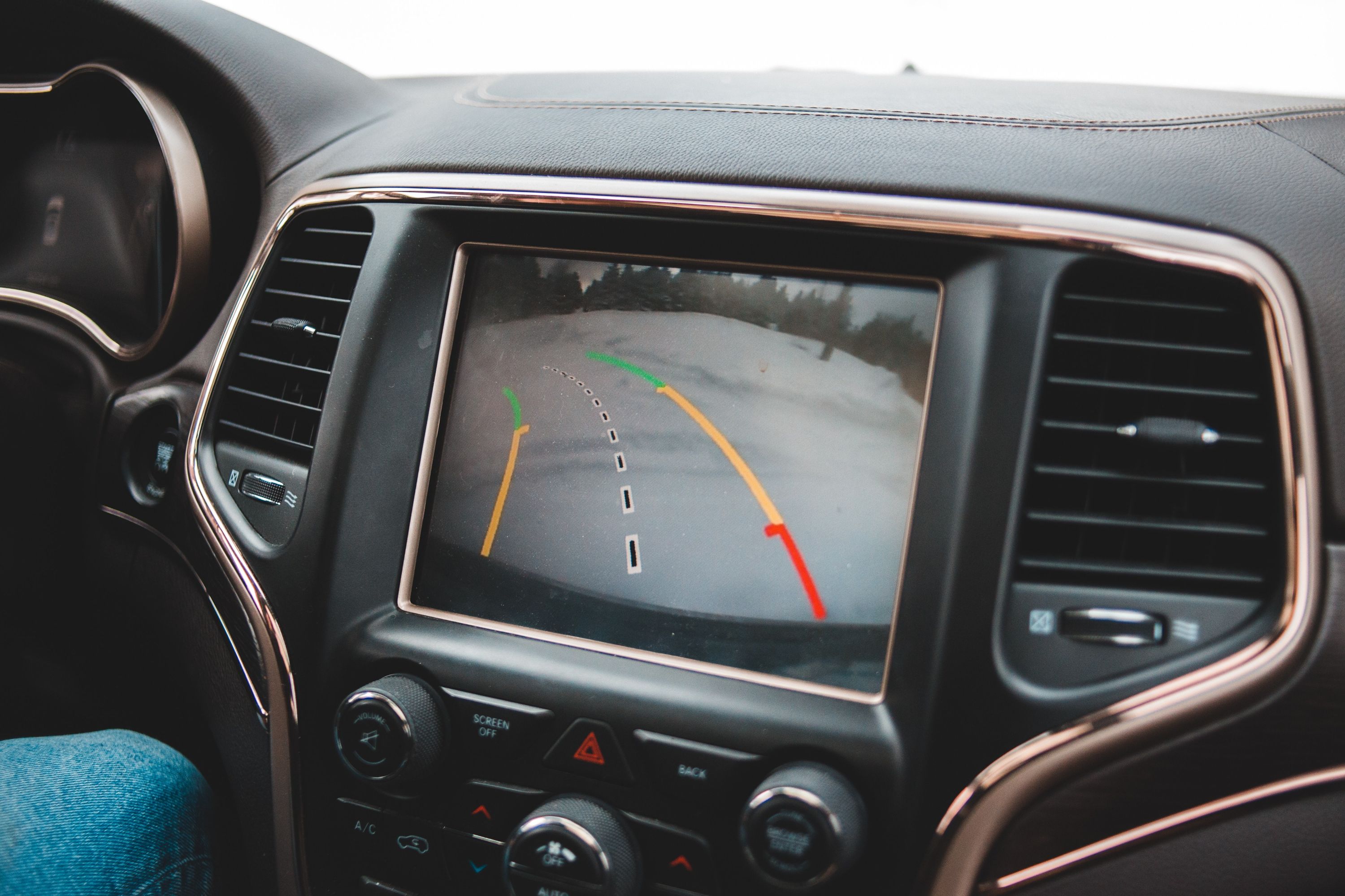
Related
Modern Driver-Assist Technology and Safety Systems Explained
With more vehicle driver-assist technologies and safety systems accessible than ever before, which are worthwhile having?
The Toyota Soarer was the first to be equipped with a backup camera from the factory, although reverse cameras had been included on some concept vehicles since the 1950s.
The 2000 Cadillac Deville was the first mass-produced vehicle with night vision. The 2003 Volvo XC90 was the first vehicle with blind-spot monitoring, and in 2009, the first traffic sign recognition system was offered in the 2009 Vauxhall Insignia.
ADAS Systems Have Become The Norm
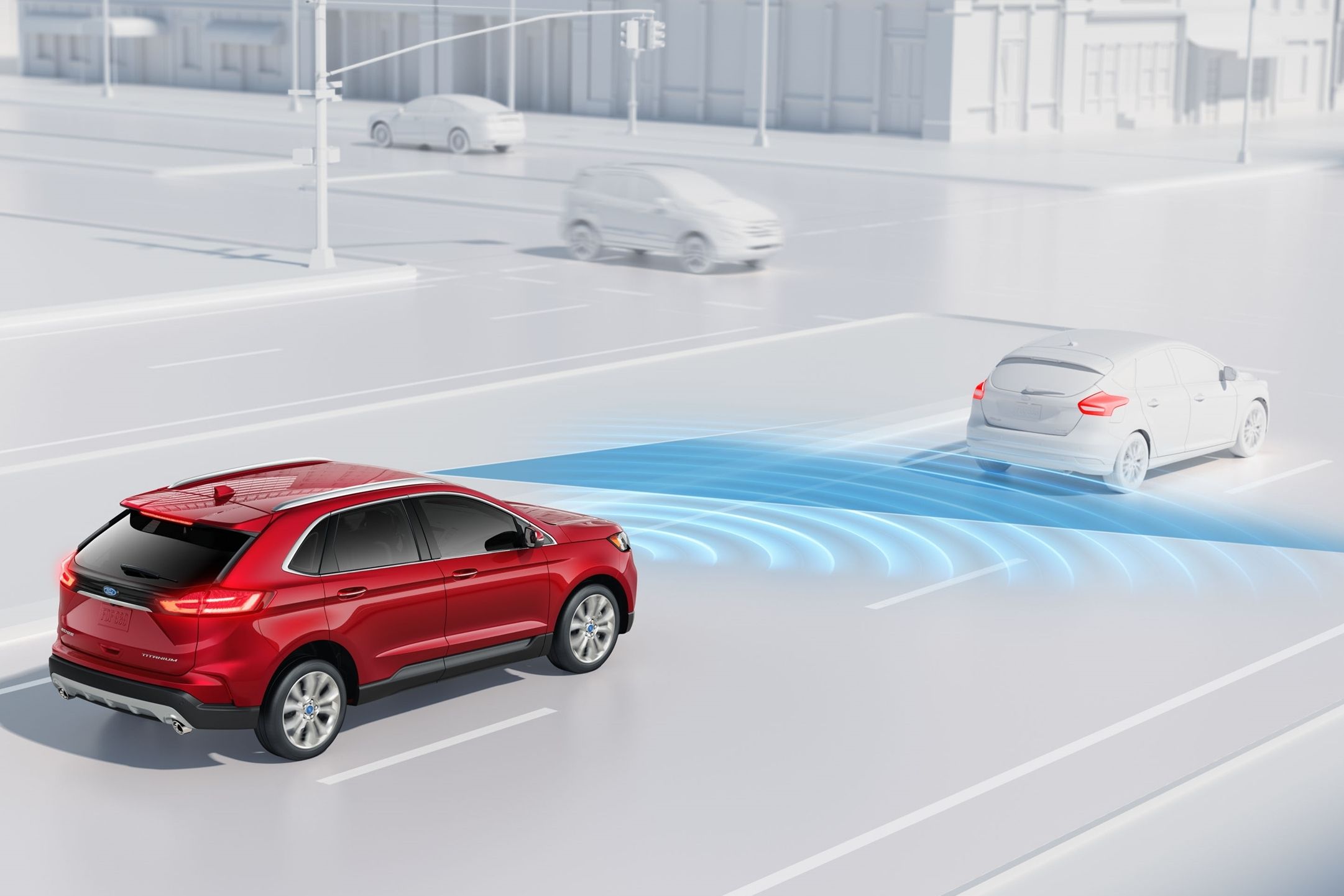 Examples of ADAS Suites In Modern Cars
Examples of ADAS Suites In Modern Cars
- Toyota Safety Sense
- Chevrolet Safety Assist
- Nissan Safety Shield 360
- Honda Sensing Suite
Virtually every major automotive manufacturer has a list of standard advanced driver assistance features, using a fancy name like the ones listed above. For example, Toyota’s Safety Sense Driver Assistance Suite contains features such as blind-spot monitoring, lane-keep assist, and automatic emergency braking. Other features may include parking assist and lane departure warning. The most common feature is forward collision alert with automatic braking, usually with some sort of pedestrian and possibly even cyclist detection.
Most automakers also offer additional ADAS features as an optional upgrade. Typically, those who desire features such as adaptive cruise control or hands-free driving capability will have to pony up some extra dough, as these features are highly sought-after and convenient, especially for frequent highway drivers.
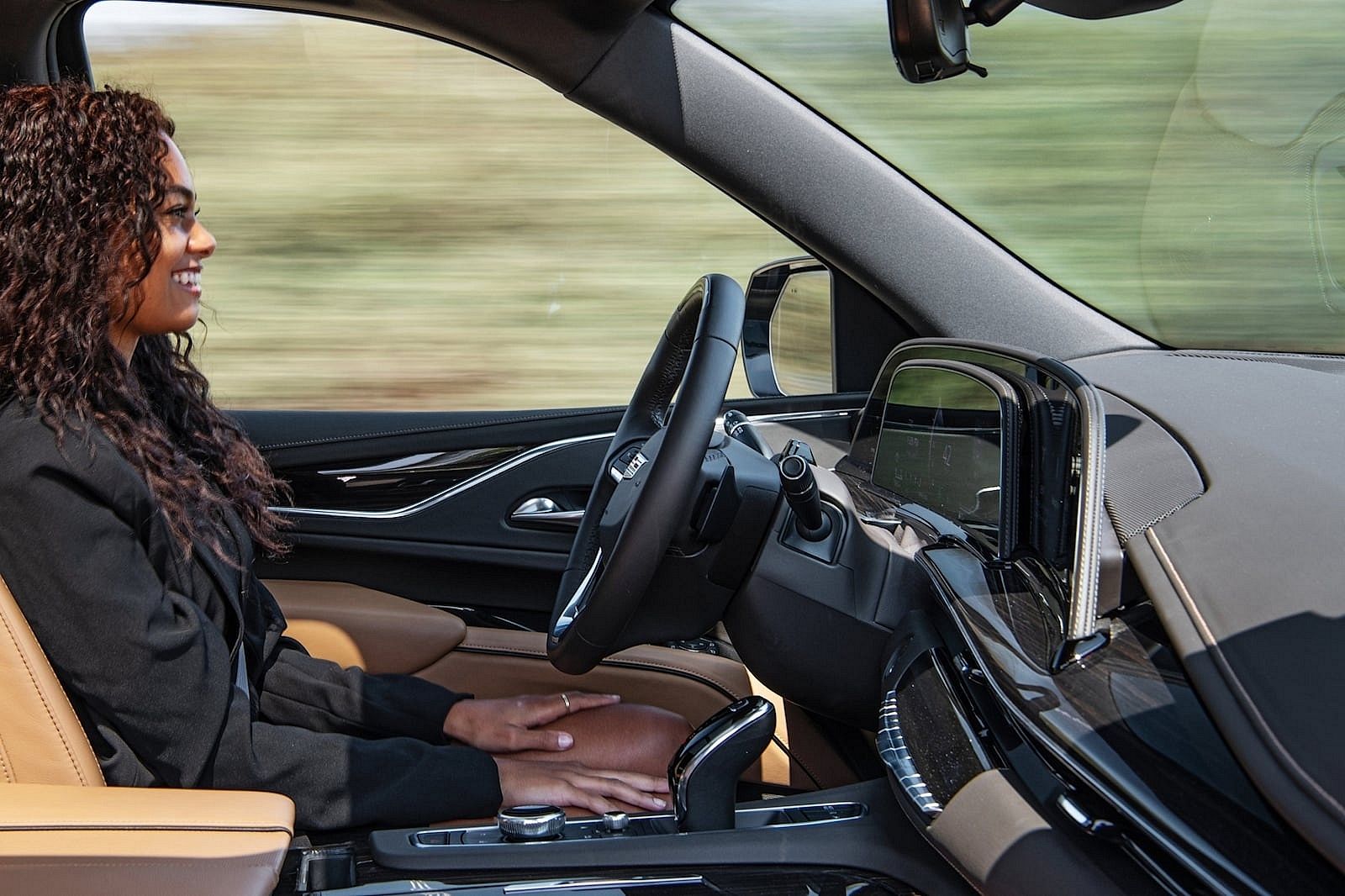
Related
General Motors Shuts Down Ultra Cruise Development To Focus On Super Cruise
General Motors will refocus its efforts to create one great product rather than two decent ones.
Ford and GM’s hands-free driving features, BlueCruise and Super Cruise, respectively, are among the highest-rated driver assistance systems to date, showing just how desirable this feature is.
In the past, the reverse camera was an optional extra and included on some ADAS driver assistance suite options lists. However, the backup camera was deemed too important to be optional on vehicles in the United States. As of 2018, federal law requires every new vehicle offered for sale in the US to come equipped with a reverse camera.
The Upsides And Downsides Of ADAS
There are many advantages to having your car capable of looking out for itself. Modern ADAS systems have saved countless lives so far and will continue to improve. However, there are some glaring downsides that need to be pointed out, too.
Upsides
- It allows drivers to focus more on what’s ahead.
- Eases driving anxiety in stressful situations.
- Some systems can react faster than the driver.
Almost everyone who’s been driving for a while can relate to the worry felt in stressful driving situations such as city traffic or driving at fast speeds on the highway. Certain ADAS systems like blind-spot monitoring and automatic emergency braking come in very handy for those times you may feel overwhelmed, as you don’t have to be as hyper-aware of your surroundings. However, it’s always a good idea to keep a keen eye out for trouble, although your ADAS system will be doing the same.
Technology can largely be seen as a good thing, especially in terms of safety. ADAS systems are there to lend a helping hand when the human attention span or reaction time is too short and/or too late. ADAS systems are also responsible for lowering accident rates and fatalities across the board, so the argument for these systems is a good one.
Downsides
- It can create too much reliance.
- May not function perfectly every time they’re needed.
- Certain radar-guided features may be compromised due to rain or snow buildup.
While ADAS systems can take the pressure off, that very aspect of the technology could lead to over-reliance on their functions. While they are a great way to improve the overall act of driving, becoming too dependent on things like automatic emergency braking or blind-spot monitoring could potentially lead to accidents, as drivers may not check their mirrors before executing a lane change or may be distracted when a vehicle ahead suddenly stops. There is no guarantee your ADAS systems will function perfectly every time, so it’s best to keep your eyes on the road.

Related
Advanced Driver Aids Are Making Us Worse Drivers
It turns out driver assistance systems are fostering complacency.
Another downside to ADAS is hardware issues. Most radar-guided systems are mounted on the front grille of the vehicle. After a while of driving in the rain or snow, the radar can get compromised, temporarily preventing ADAS systems from working. Because of this, it’s best to drive as if your car doesn’t have any ADAS systems, even though they’re working in the background. We’ve seen this same sort of behavior before when traction and stability control first came through. Some drivers simply have no idea how hard these systems work in certain scenarios, and if they were to fail, the consequences would be devastating.
The Future of ADAS
The future of ADAS lies solely in the pursuit of crash-free self-driving vehicles. The idea behind this pursuit is that a computer is better at driving than a human because it can react faster. Many automakers are working hard on the first fully autonomous vehicle, and the Society of Automotive Engineers (SAE) already has a classification system in place. There are six levels:
- Level 0: Zero autonomy. The vehicle is piloted solely by the human driver and has no ADAS capability.
- Level 1: Currently the most common. Vehicles at Level 1 carry ADAS features such as automatic emergency braking and lane keep assist.
- Level 2: Partial automation. The driver is still responsible for maintaining safety, although the vehicle is able to maintain control on straight roads such as highways for brief moments.
- Level 3: Conditional automation. The vehicle is able to maintain full control under specific conditions, such as freeway driving, and undertake tasks such as normal acceleration, braking, and steering input.
- Level 4: Near-total automation. Level four allows the vehicle to perform all the automated functions outlined in Level three, along with undertaking functions such as navigating construction zones, avoiding sudden obstacles, and operating turn signals. The driver does not need to interfere, although the vehicle will prompt the driver to control the car if necessary. Some vehicles have been retrofitted with Level four autonomy, and are currently involved in ride-sharing services.
- Level 5: Full automation. The driver is now a passenger, and the car is able to completely control itself without any need for human interference. Currently, no vehicle is capable of Level 5 automation.
We wouldn’t be too worried about handing over control to the car just yet. So far, only Mercedes-Benz has officially reached Level 3 autonomous driving, and it is strictly regulated. There are fully autonomous taxis driving around in certain parts of the USA, but, if anything, these cars have proven that humans are still way better at driving.

